
7 minute read
Whimsical Places in the NUKSers’ Hometowns
Whimsical Places in the NUKSers’ Hometowns We have asked all the NUKSers about places in their hometowns, or towns that they live in, that seem whimsical or otherworldly. This is what they showed us:
“Halkata”, or in English “The Ring”, is a rock formation in the mountains near my hometown Sliven in Bulgaria. Some say that many years ago, at the place of my town, there was a sea and that the captains would tie their ships to the ring so they wouldn’t be blown away by the strong wind (another thing my hometown is known for). Another story tells that a beautiful young Bulgarian girl was being chased by the Sultan of the Ottoman Empire and she was saved by passing through Halkata’s hole. However, ever since I was very young, a lot of people have told me that if one passes through the hole, one changes their sex. The most famous legend (and probably my favourite) is that if two lovers pass through Halkata’s hole holding hands, they will remain in love and together forever.
Advertisement
Tatyana
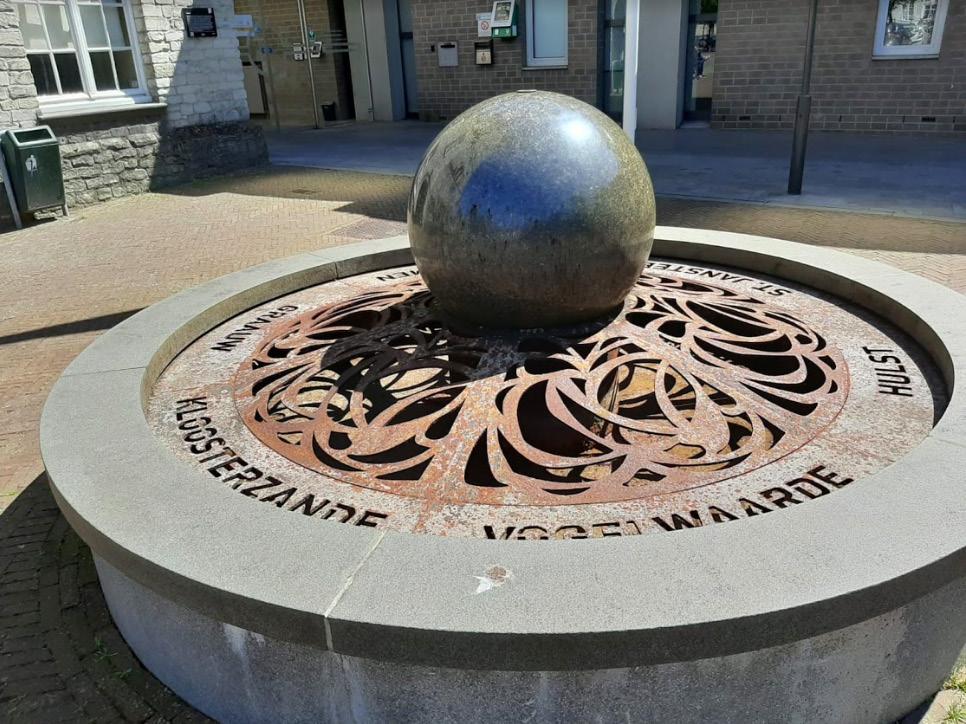
20 This is a fountain that stands on the central marketplace in front of the city hall, in my hometown Hulst in Zeeuws-Vlaanderen. It is called the Rabofountain and was a gift to the city of Hulst from the Dutch banking company Rabobank. The fountain was made by local sculptor Ronny Ivens and was placed in 2009. Since then, I have actually never seen any water come out of it, that I can remember. The words around the fountain are place names of villages surrounding Hulst, where
Shanna
a Rabobank location used to be. Most of these locations have been closed down by now. My friends and I have this game where we walk around the city at night and try to find places that could be a portal to another world, and we found this as the perfect gateway. We decided that each part of the fountain was a portal to the village of which the name is on it. This might be a weird hobby, but I would definitely recommend to try this in your own town!
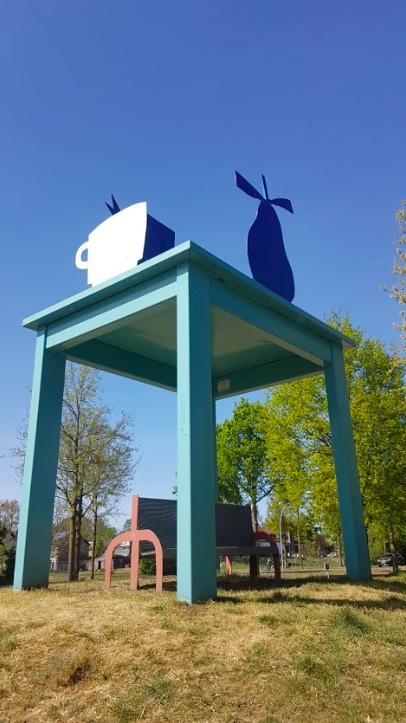
This sculpture of a table with a teapot, a mug and a pear stands in a park in Wijchen, which is near Nijmegen. My grandma and I would always walk past it and talk about the giants who lived there.
Gwen
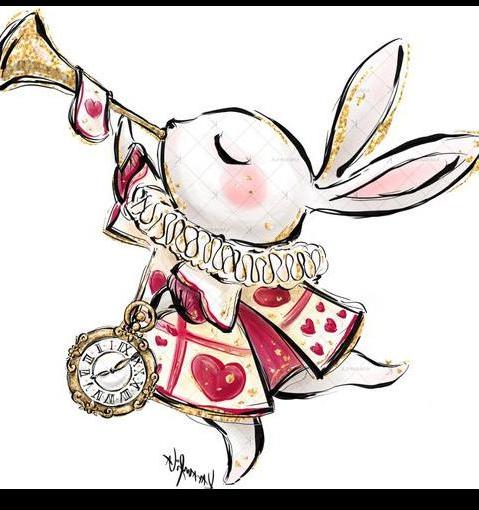
Objet Mathematique is an artwork that was part of the world exposition in Brussels 1958. It was part of the “Philips Paviljoen” which was built by Le Corbusier, but was taken down after the exposition. Since 1998 it has been part of an art institution in Eindhoven and is located on the campus area of the TU/e (Technological University
Vera
of Eindhoven). The artwork is made by Gerrit Rietveld and has a rich history due to its significance with Philips. Philips used the object to show their new innovations with this object. But even when it has historical importance not only for the innovation of light/sound and by its importance of Philips and Eindhoven as the “city of light”, the artwork is barely known. It is part of the TU/e and has its significance there but is not seen as a real important artwork or hotspot in Eindhoven. As a kid we walked past it often and with the new LED light construction to it, it had a beautiful glow and due to its high and simple construction had something animal-like and mysterious in my opinion. It is a hidden gem in one of the important areas of Eindhoven.
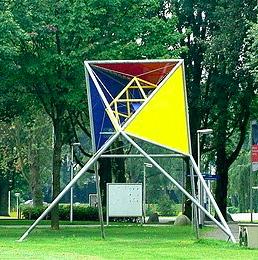
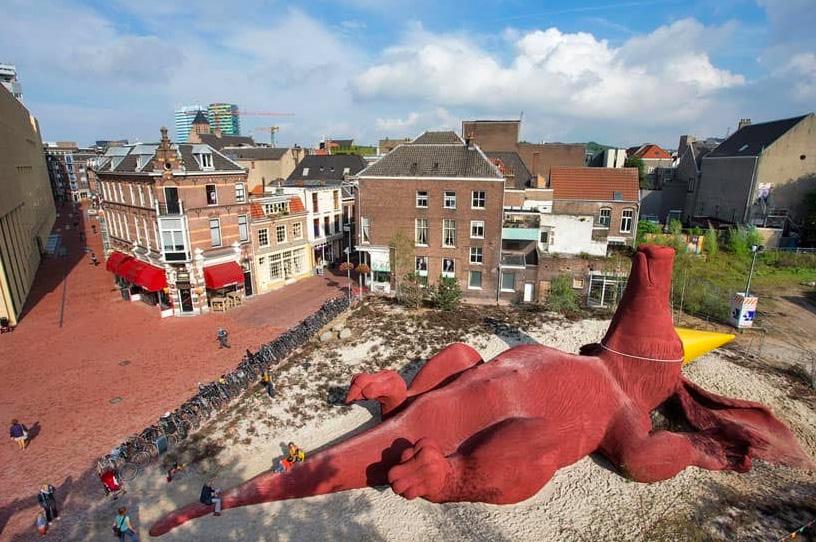
This is a sculpture by Florentijn Hofman called “Feestaardvarken”, it is the biggest artwork in the entirety of the Netherlands. The sculpture is located in Arnhem, which is close to the small village where I live. As a kid, I used to climb onto it and always wondered how people got onto the snout of the animal (which I still don’t understand!)
Adil
Minsun
In my hometown called Chunpo, there is ‘Goblin’s Embankment’ which has a legendary story related to history in the period that we were colonised by the Japanese Empire. The villagers used to pump water out of this embankment when they were farming or catching fish. One day, they scooped out the water from the embankment and caught a fish. However, the fish they had caught suddenly disappeared. A few days later, when they went to Bonggae Mountain, there were fish bones everywhere that someone had eaten. Adults thought that it happened by goblins’ prank. After that, before catching fish in Goblin’s Embankment, when they cut off the horse’s head, performed a ritual, and left a mirror around this embankment, the fish did not disappear. The goblin was afraid of the blood of the horse and ran away because he was scared by his reflection in the mirror. This legend reflects our hard time of the colonial period where we had to send Japan everything we had harvested every year. The villagers had to survive from the poverty and oppression by Japanese domination. There is a saying in Chunpo, “Japan steals rice, and goblin steals fish.” When I was a kid, I was afraid of visiting this embankment at night. We believed that we could see will-o’-the-wisp (atmospheric ghost light) around the embankment at night.
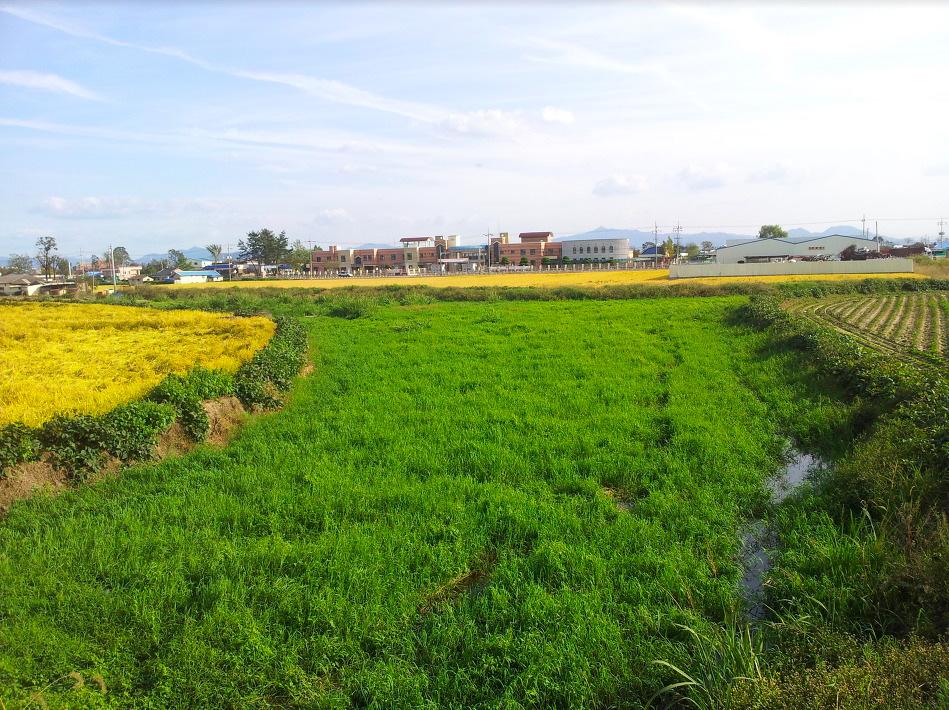
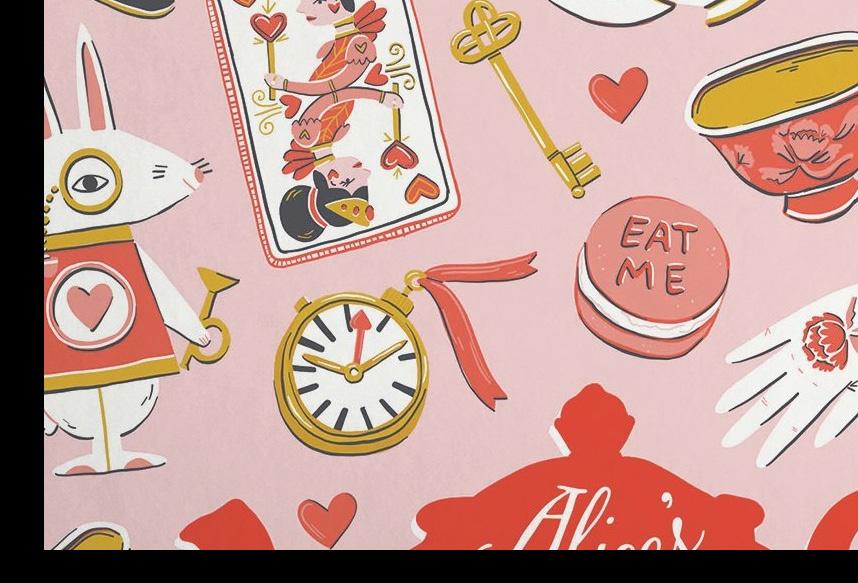
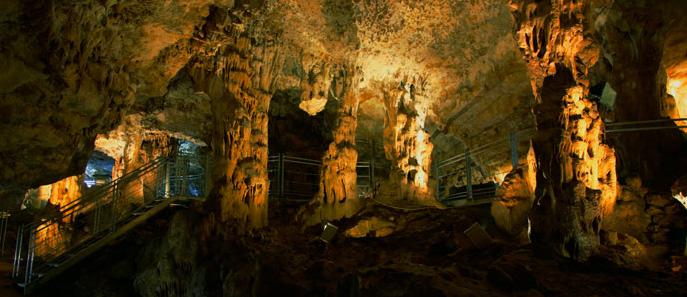
22
Daniela
Out in the countryside near Acquaviva delle Fonti, my hometown in Italy, you can lose yourself in the Paleolithic Curtomartino Cave. Visiting the cave is like reading a book made of stone, where nature has described its creation. The Curtomartino Cave is an extraordinary example of a karst phenomenon, full of shining concretions, powerful columns, stalactites and stalagmites that produce a small cathedral of rock. Linear graphemes and zoomorphic drawings, constitute a complex of wall and furniture art of great importance and make Curtomartino a unicum of our territory.
Charly
In my hometown Solingen in Germany, we have a museum that shows an original product next to its fake counterpart. Solingen has kind of a long story with plagiarism due to the excellent reputation of Solingen’s steel ware and cutlery. The city is also known as “Klingenstadt” (“City of Blades” in English). It even goes so far that no other city in the world is allowed to call itself Solingen because the name of the city is registered trademark since 1938. The museum Plagiarius shows the world of innovation vs imitation. In the permanent exhibition around 350 products and the fake ones are shown next to each other. Sometimes it is not even possible to see a clear difference when standing right in front of the products. The special thing about this museum is that it showcases plagiarism, and exposes companies that make a lot of money off inventions that are stolen. They also hand out an annual negative price for the best imitation of an innovation, in the sense that it goes out to the company who profits the most off another person’s innovation by stealing it. The story of the gnome with a golden nose can be found on the website of the museum and is quite an interesting and funny one. It’s kind of a small museum but still an important message and worth a visit.
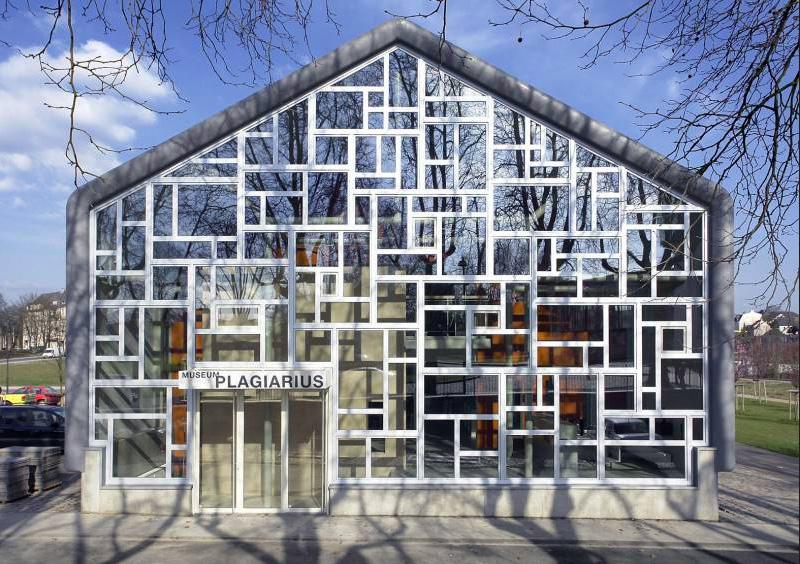
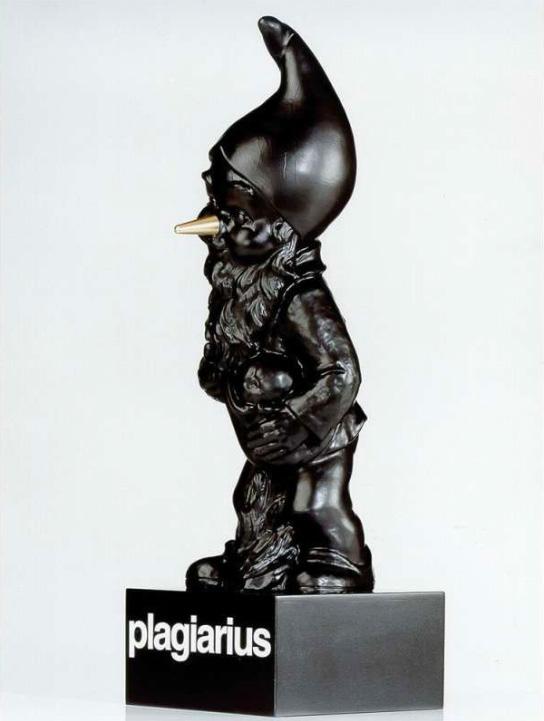
Selena
This is a pineapple fountain right in front of my apartment in Tung Chung, Hong Kong.
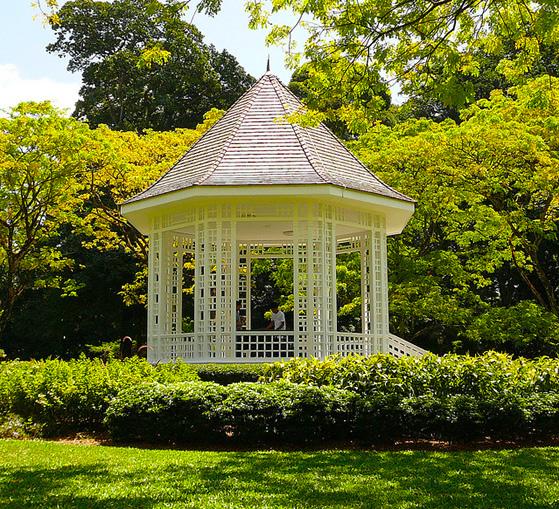
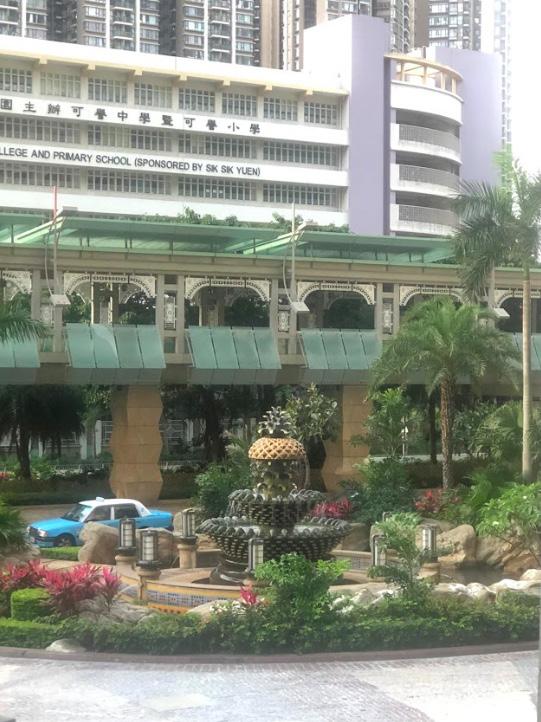
23
Sarah Selena
This is a gazebo in Singapore’s Botanic Gardens known as the Bandstand. I don’t believe in marriage or would like to be married, but the romantic in me is convinced it would be beautiful. I don’t have too many memories of visiting the gazebo during my secret trips to the botanic gardens, but I do remember it being beautiful and whimsical.










